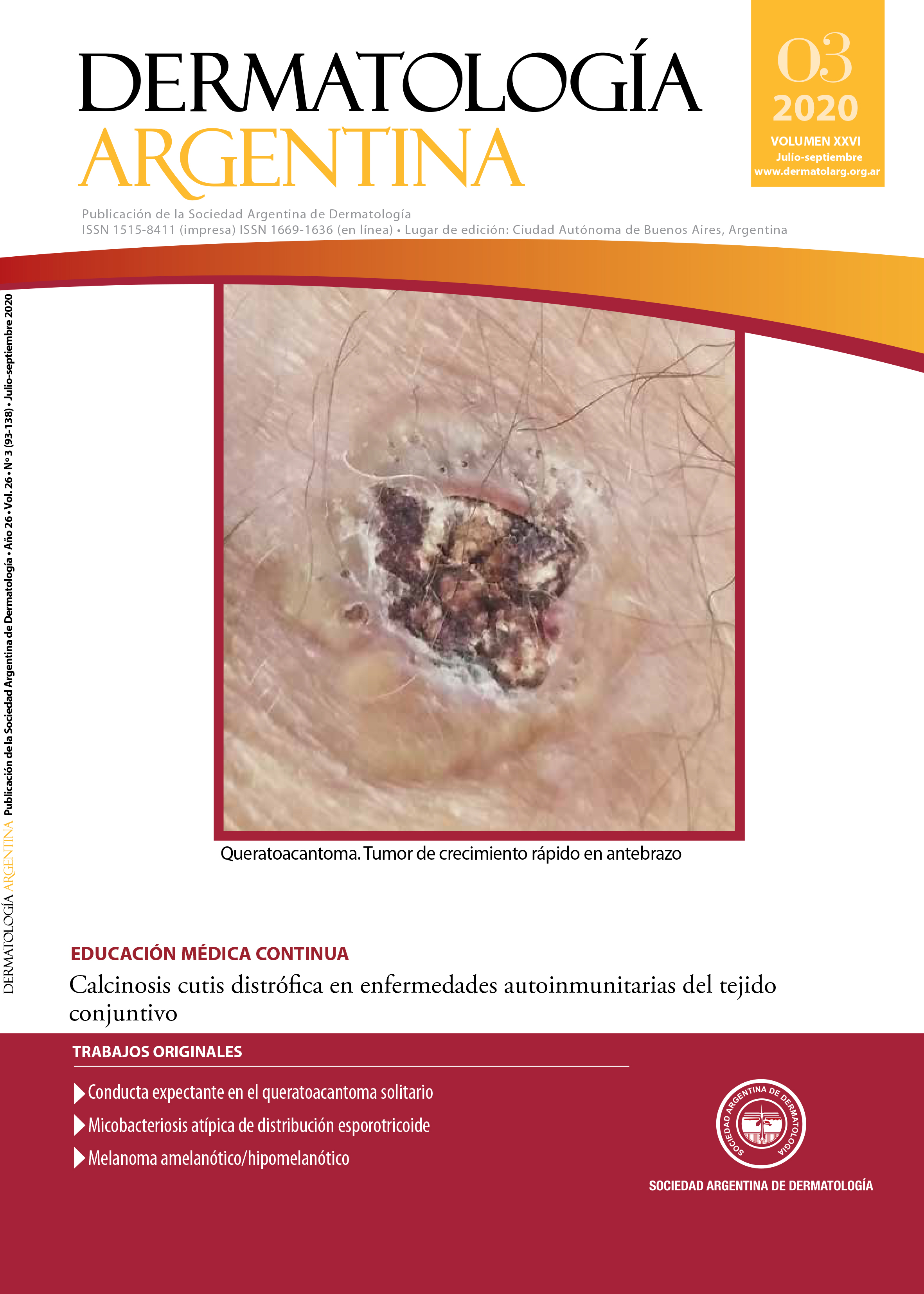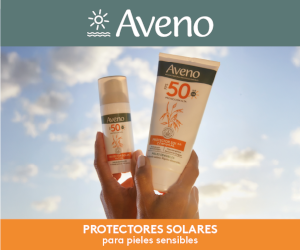Expectant management of solitary keratoacanthoma
DOI:
https://doi.org/10.47196/da.v26i3.2097Keywords:
keratoacanthoma, squamous cell carcinomaAbstract
Keratoacanthoma is an epithelial proliferative lesion that develops on sun-exposed skin. It is characterized for having three phases, initial rapid growth is followed by a period of stability and finally, a spontaneous regression. The last phase is rarely seen because the gold standard therapy is surgical removal due to the impossibility to differentiate it from squamous cell carcinoma. The “watch and wait policy” should be agreed with the patient and we must inform the possibility of its aggressive behavior. We present two cases that chose to defer therapy and had a spontaneous resolution with regular close follow-ups.
References
I. Ko CJ. Keratoacanthoma: facts and controversies. Clin Dermatol 2010;28:254-261.
II. Kwiek B, Schwartz RA. Keratoacanthoma (KA): an update and review. J Am Acad Dermatol 2016;74:1220-1233.
III. Kitkhan N. Tumors and cysts of the epidermis. En: Elder DE, Elenitsas R, Johnson BL, Murphy GF, et ál. Levers's histopathology of the skin. Philadelphia: Lippincott Williams & Wilkins; 2009:835-838.
IV. A Le Bert Z, Soto D, Vial V, Bentjerodt R, et ál. Queratoacantoma subungueal. A propósito de un caso [en línea]. Rev Argent Dermatol 2015; 96. Disponible en: http://rad-online.org.ar/2016/01/01/queratoacantoma-subungueal-a-proposito-de-un-caso/ [Consultado abril 2020].
V. Griffiths RW. Keratoacanthoma observed. Br J Plast Surg 2004;57:485-501.
VI. Pattee SF, Silvis NG. Keratoacanthoma developing in sites of previous trauma: a report of two cases and review of the literature. J Am Acad Dermatol 2003;48:S35-S38.
VII. Gençler B, Gönül M. Cutaneous side effects of braf inhibitors in advanced melanoma: review of the literature. Dermatol Res Pract 2016;2016:5361569.
VIII. Browne F, O’Connell M, Merchant W, Potts E, et ál. Spontaneous resolution of a giant keratoacanthoma penetrating through the nose. Clin Exp Dermatol 2011;36:369-371.
IX. Ko CJ, McNiff JM, Bosenberg M, Choate KA. Keratoacanthoma: clinical and histopathologic features of regression. J Am Acad Dermatol 2012;67:1008-1012.
X. González Martínez A, Pérez Castro C, Preti C, Corbella MC, et ál. Queratoacantoma. Dermatol Argent 2019;25:1-15.
XI. Tran DC, Li S, Henry AS, Wood DJ, et ál. An 18-year retrospective study on the outcomes of keratoacanthomas with different treatment modalities at a single academic center. Br J Dermatol 2017;177:1749-1751.
XII. Ferreira Magalhães R, Torres Cruvinel G, Fontes Cintra F, Cintra ML, et ál. Diagnosis and follow-up of keratoacanthoma-like lesions: clinical–histologic study of 43 cases. J Cutan Med Surg 2008;12:163-173.
XIII. Enei Gahona ML, Machado Filho CAS. Spontaneous involution of keratoacanthoma, iconographic documentation and similarity with volcanoes of nature. An Bras Dermatol 2012;87:335-336.
Downloads
Published
Issue
Section
License
El/los autor/es tranfieren todos los derechos de autor del manuscrito arriba mencionado a Dermatología Argentina en el caso de que el trabajo sea publicado. El/los autor/es declaran que el artículo es original, que no infringe ningún derecho de propiedad intelectual u otros derechos de terceros, que no se encuentra bajo consideración de otra revista y que no ha sido previamente publicado.
Le solicitamos haga click aquí para imprimir, firmar y enviar por correo postal la transferencia de los derechos de autor













